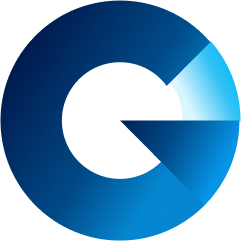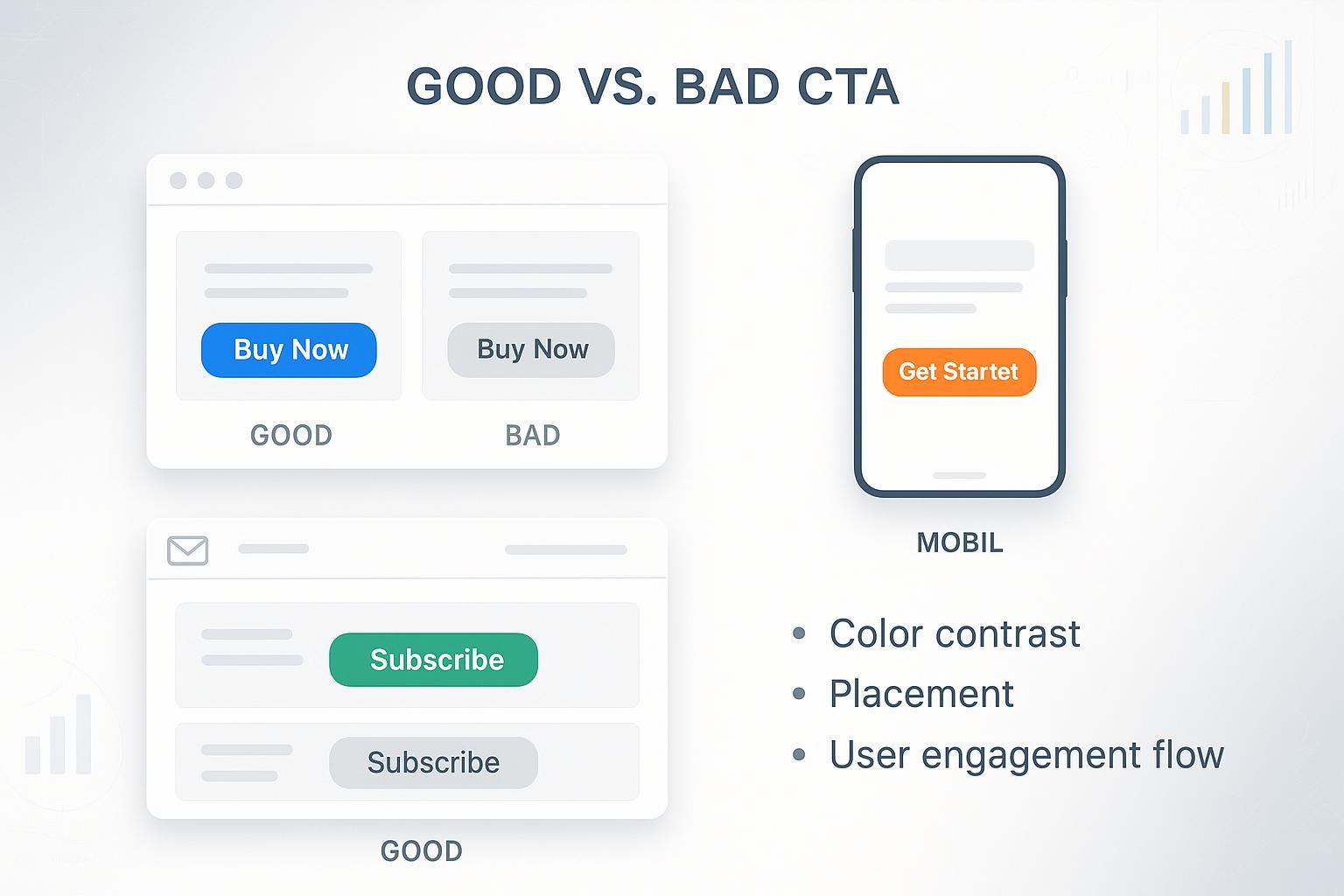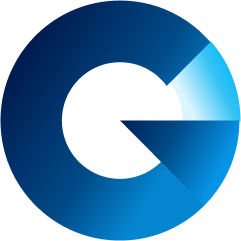What Is a Call to Action (CTA)? Definition & Best Practices
Learn what a Call to Action (CTA) is in digital marketing: definition, examples, design tips, and strategies to boost conversions with effective CTAs.


One-Sentence Definition
A Call to Action (CTA) is a direct prompt in digital content designed to persuade users to take a specific, immediate action such as clicking a button, signing up, or making a purchase [Taboola],[ Salesforce ].
Detailed Explanation
In digital marketing and brand management, a CTA acts as the bridge between engagement and conversion. Whether it's a button, text link, banner, or interactive element, a CTA channels the user's attention towards a desired goal—turning browsers into leads, customers, or subscribers. Effective CTAs use action-driven language ("Get Started," "Buy Now"), focus on clarity and urgency, and are strategically placed to guide users through the decision-making process. Personalized and AI-optimized CTAs are now commonplace, dynamically adjusting to user behavior and context.
Key Components: The 4 Cs Framework
- Clear: Users should instantly understand what action is being requested and what they gain (e.g., "Download Free Guide").
- Concise: The best CTAs are short and avoid jargon—ideally five words or fewer.
- Compelling: Use persuasive language that highlights benefits or urgency, like "Claim My Offer Today."
- Credible: Build trust through social proof or guarantees (e.g., "Start Free Trial – No Credit Card Needed").
Design principles include strong color contrast, prominent placement above the fold, mobile responsiveness, and whitespace to draw the eye.
Practical Applications & Annotated Examples
- Websites: “Subscribe for Updates” button above the fold increased conversions by 300% for e-commerce brands [Leadpages].
- Email Campaigns: Limited-time offers (“Get 20% Off Today”) in emails often use vibrant buttons and concise copy to drive clicks.
- Social Media: “Shop Now” or “Swipe Up” CTAs on Instagram or Facebook stories capitalize on user impulse.
- AI-Driven Personalization: Tools like Unbounce Smart Traffic use AI to tailor CTA variants and saw up to 30% better conversion rates.
| CTA Format | Example | Key Result |
|---|---|---|
| Button | “Get Started” | +111% conversions (PartnerStack) |
| Banner | “Limited Offer: Join” | +332% uplift with urgency |
| Email Link | “Download Now” | 21–300% improvement by tweaking |
Design tip: A/B test different CTA colors, copy, and placement; even a subtle change can yield double or triple-digit conversion lifts.
Related Concepts
- Conversion Rate: Percentage of users who complete a desired action post-CTA.
- Landing Page: A web page centered on a single, focused CTA.
- Engagement: User actions instigated by CTAs, such as clicks or shares.
- Funnel: The multi-stage customer journey—CTAs move users from awareness to purchase.
- A/B Testing: Testing variants of CTAs to optimize performance.
- Lead Generation: Most CTAs aim to collect leads (e.g., demo requests, newsletter signups).
For deeper practical examples and a glossary of marketing terms, see top resources from Taboola, Salesforce, and Leadpages.





